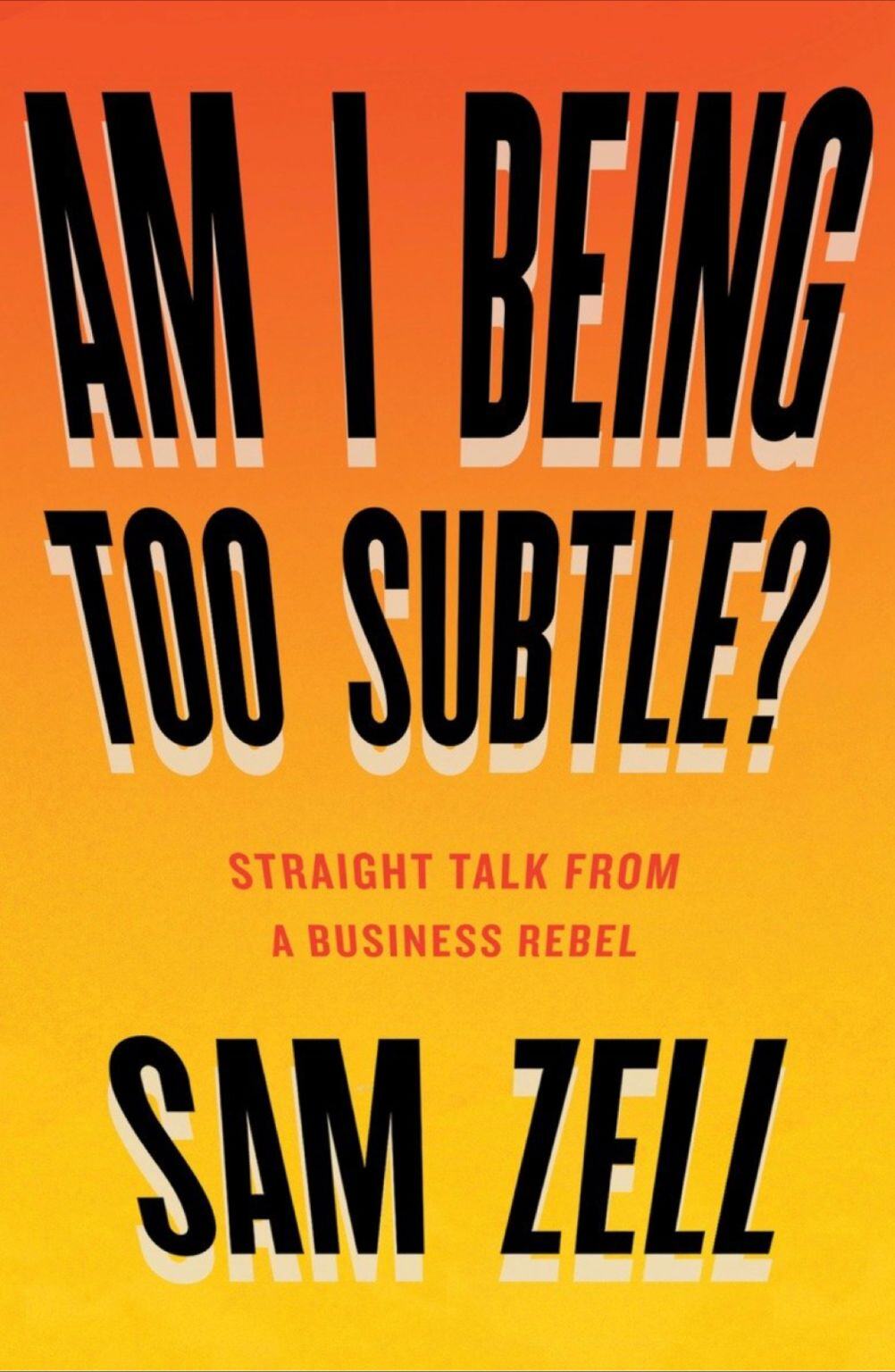
We often ask industry leaders how much of their success is due to skill vs. luck. Sam Zell would have achieved greatness in 1,000 lifetimes. As is evident from his writing (see excerpt below) Sam Zell’s approach was skill-based, candid, repeatable, and humble. Very sad day for the real estate world.
Excerpt from “Am I Being Too Subtle?”
Risk is the ultimate differentiator. I have always had a deep and complex relationship with it. I am not a reckless person, but taking risks is really the only way to consistently achieve above-average returns—in life as well as in investments. My father proved that when he left Poland.
I am probably more comfortable with risk than most people. That’s because I do as much as I can to understand it. To me, risk-taking rests on the ability to see all the variables and then identify the ones that will make or break you.
Sure, I’m always looking for unlocked potential, for strong fundamentals in a business that suggest a high probability of success. But everybody wants to look at how good a deal can get. People love focusing on the upside. That’s where the fun is. What amazes me is how superficially they consider the downside. For me, the calculation in making a deal starts with the downside. If I can identify that, then I understand the risk I’m taking. What’s the outcome if everything goes wrong? What actions would we take? Can I bear the cost? Can I survive it?
One of my best examples of this was Carter Hawley Hale (CHH), the department store chain we owned in the 1990s. CHH was Zell/Chilmark Fund’s first acquisition.
I sent one of my guys, David Contis, to do the due diligence. My then wife, Sharon, had met David when he was a kid working as a produce manager at a local grocery store. She was impressed with his energy and drive and invited him to the house to meet me. David ended up working for me off and on for about thirty years and went on to a great career in real estate.
I told David, “Go look at every store and its entire inventory, who we would sell it to and what we would get for it, in case the deal goes south.” It was a basic fire-sale analysis—what we’d get in the worst-case scenario if we had to liquidate the company. David came back and said, “We’d get 80 percent of our purchase price back.” So I knew that what we had to lose was 20%.
We bought roughly $550M of the company’s bonds and trade claims for 47 cents on the dollar, or $220M. When the company came out of bankruptcy, those claims would be converted into stock. After all was said and done, we controlled over 70% of the equity. We owned the company for three years, and it was just horrible…
In 1995, we sold the company to Federated Department Stores—for 80% of our original purchase price. We lost just about $50M—20% of our investment—but to this day I consider that investment a success. Our risk analysis was exactly right. We went into the deal knowing we could lose $50M, and we were willing to risk it for the potential upside.

COMMENTS